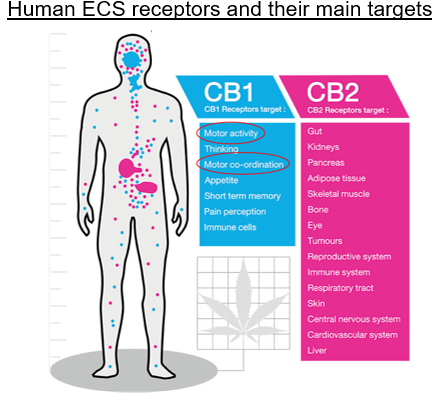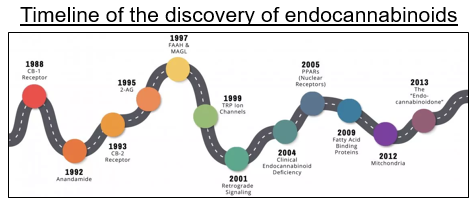„Investigation the role of the skeletal muscle endocannabinoid system in health and pathological conditions”

The endocannabinoid system (ECS) is built on the action of endocannabinoids, which bind specifically to G protein-coupled receptors (CB1R and CB2R) known as cannabinoid receptors type 1 and 2. CB1R is widely distributed in the brain and peripheral organs, including skeletal muscle, where a subpopulation is located in the plasma membrane (pCB1R) and another in the mitochondria (mCB1R). The potential role of the ECS in skeletal muscle disorders (such as Duchenne muscular dystrophy) is unclear, and little information is available on its role and function in electro-mechanical coupling (ECC) processes and mitochondrial calcium homeostasis.
|
 |
 |
|
 |
|
Within the FK OTKA grant, we aimed to investigate the following objectives for the period between September 2022 and August 2026:
- to examine whether plant-derived CB1R antagonists can improve the abnormal calcium fluxes observed in the skeletal muscles of mdx mice
- to determine the role of ECS in the ECC processes of the skeletal muscles of mdx mice after plant-derived CB1R antagonist treatment aimed at reversing/slowing down muscle dysfunction
- to study the relationship between membrane potential, ATP production, CB1R activation and mitoflash activity
- to examine the cumulative effects of CB1R antagonism and antioxidant dietary supplementation on muscle function and regenerative capacity in mdx mice; and to discover the role of unsaturated fatty acids (PUFA) in normalizing the level of endocannabinoids and reducing the production of oxidative stress and reactive oxygen radicals
Publications connected to the project:
Singlár Z, Ganbat N, Szentesi P, Osgonsandag N, Szabó L, Telek A, Fodor J, Dienes B, Gönczi M, Csernoch L, Sztretye M. Genetic Manipulation of CB1 Cannabinoid Receptors Reveals a Role in Maintaining Proper Skeletal Muscle Morphology and Function in Mice. Int J Mol Sci. 2022 Dec 9;23(24):15653. https://doi.org/10.3390/ijms232415653.
Conference abstracts related to the project